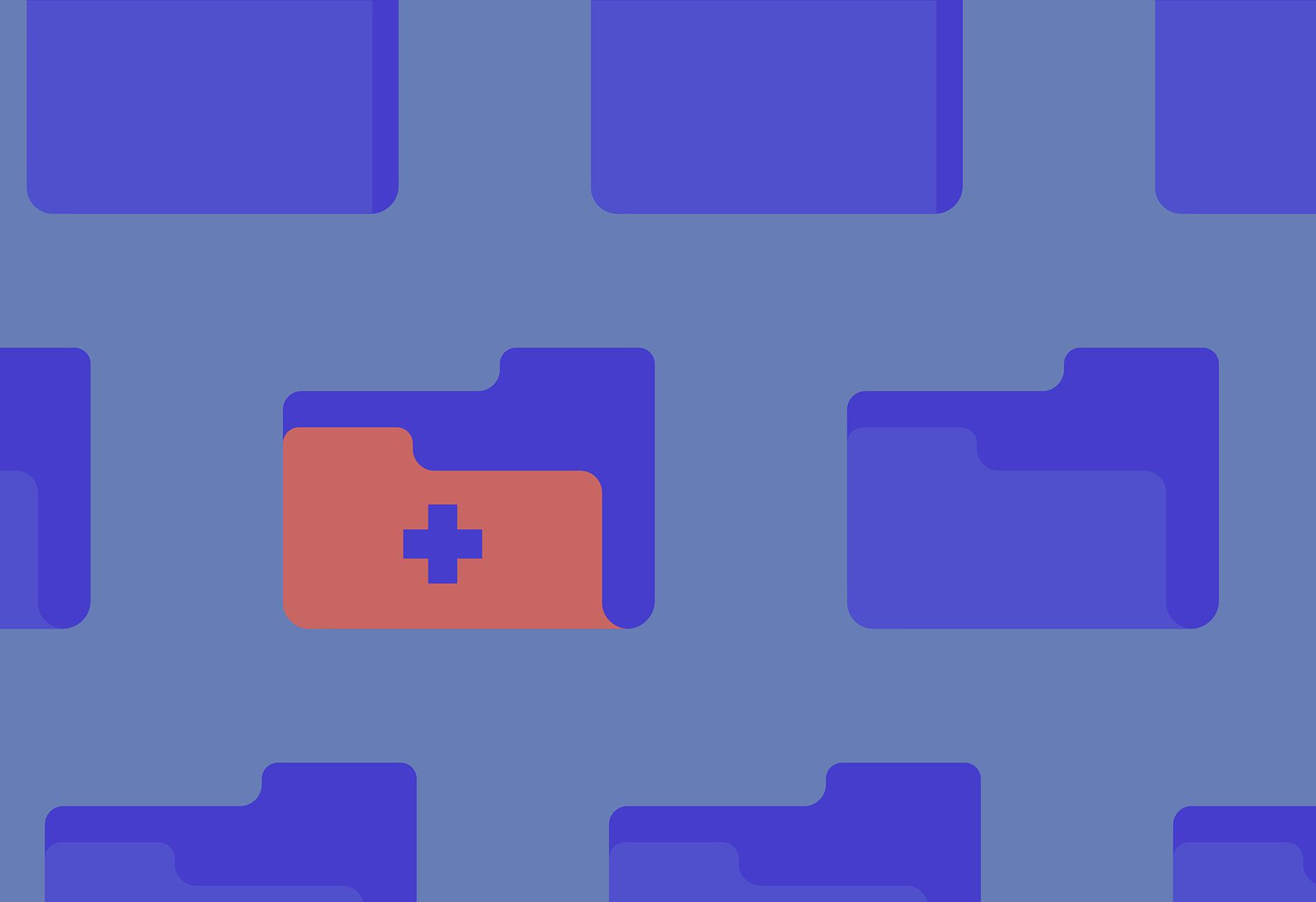
How to use automation in healthcare

Today, many organizations are turning to robotic process automation (RPA) to increase efficiencies and reduce the need for manual labor. Automation can be used for any task that has set rules and conditions, enabling your organization to build streamlined workflows without the need for human intervention.
Automation has many potential applications in the healthcare industry, in both the administrative and patient care sides. In this article, let’s take a look at some promising ways that automation can help your healthcare organization save time and money by maximizing efficiencies in processes.
Automation in healthcare administration
Healthcare administration accounts for up to a third of total healthcare spending in the United States. By introducing automation technology to optimize processes and enhance data quality and integration, healthcare organizations can cut down on manual labor, reduce errors, and reap significant savings.
Take patient scheduling, for example. It's a frustrating experience for patients to get put on hold and go over all of their registration details by phone, and there's a high likelihood of errors in the process. By using scheduling software to enable patients to self-schedule available slots and input their own information online, you can save employee time and ensure that details are accurate. The solution can also include day-of reminders across different communication methods, including phone, email, and SMS, so that you can ensure the patients get reminders in the format that's most convenient to them, and reduce the risk of missed appointments.
Automation is just as important when it comes to healthcare workforce scheduling. By asking employees to share their preferences and block off any unavailable times in advance, you can automate the scheduling process and ensure that staff members are scheduled for the right number of hours each week, avoiding costly overtime. In the healthcare industry, it's important to remain agile when it comes to scheduling, and to ensure that you have the right specialists and support staff for all of your planned medical procedures. Automation technology will automatically readjust your team's schedules based on what’s on the horizon, ensuring that you have the right team in place even when plans change.
Medical billing and payment processing is another arduous task that’s subject to frequent errors and involves a huge amount of manual labor. By moving to a software solution that sets up rule-based workflows for automatically developing invoices and processing approved payments, you can dramatically cut down on the need for manual processing while improving transparency and efficiency.
These are just a few of the many use cases in which RPA can be used to boost efficiency in healthcare administration. But what about when it comes to patient care?

Automation in patient care
When it comes to healthcare, it's important to maintain a personal touch to provide a great patient experience—but it can also be helpful to automate elements of the process to ensure consistency and compliance.
For example, take hospital discharge instructions. When a patient is discharged, they may still have a detailed treatment plan that includes guidelines for medication dosage and timing, physical recommendations, and other details. Rather than put all of the burden on the patient or a caregiver, the medical team can use automation to input the discharge instructions into a healthcare app, where the patient will receive timely reminders every time they need to take action.
Automation can also be used to great effect to support doctors in diagnosing patients more quickly and accurately. Medical teams can input thousands of x-rays or scans into a pattern recognition software tool, training the tool on how to classify each image. From there, the software will be able to instantly classify new images based on the guidelines, instantly flagging images that require further review by a specialist. This type of automation can help ensure that potential anomalies aren't accidentally overlooked.
Automation can also be used to set rules for checking symptoms and providing possible diagnoses and next steps. An AI tool focused on symptom checking created by the tech company Babylon was able to use its algorithms to score more highly than 70% of doctors in accurately diagnosing a patient's illness.
By setting up algorithms to "teach" your automation solution the right result, your software will be able to easily identify conditions and set up rules for next steps, such as flagging a doctor for a consult. Patients can even use self-monitoring wearable technology that works in collaboration with AI technology, so they can receive instant alerts when they need to take action to improve their health.

Trends in healthcare automation
Today, 90% of large healthcare organizations say that they have an AI and automation strategy — a huge increase from only 53% in 2019.
As automation technology becomes more accessible and affordable, smaller organizations are following suit as well, with even solo practitioners taking advantage of automation technology such as automated patient scheduling and billing solutions.
Whether it's used to improve efficiency in administration, reinforce patient compliance, or provide support in the patient diagnosis process, among other use cases, automation is an ideal solution for simplifying complicated processes, reducing manual labor, and reducing the likelihood of errors.
Interested in seeing how your healthcare practice can benefit from automation? Contact our team to learn strategies for optimizing your processes and improving the patient experience.





